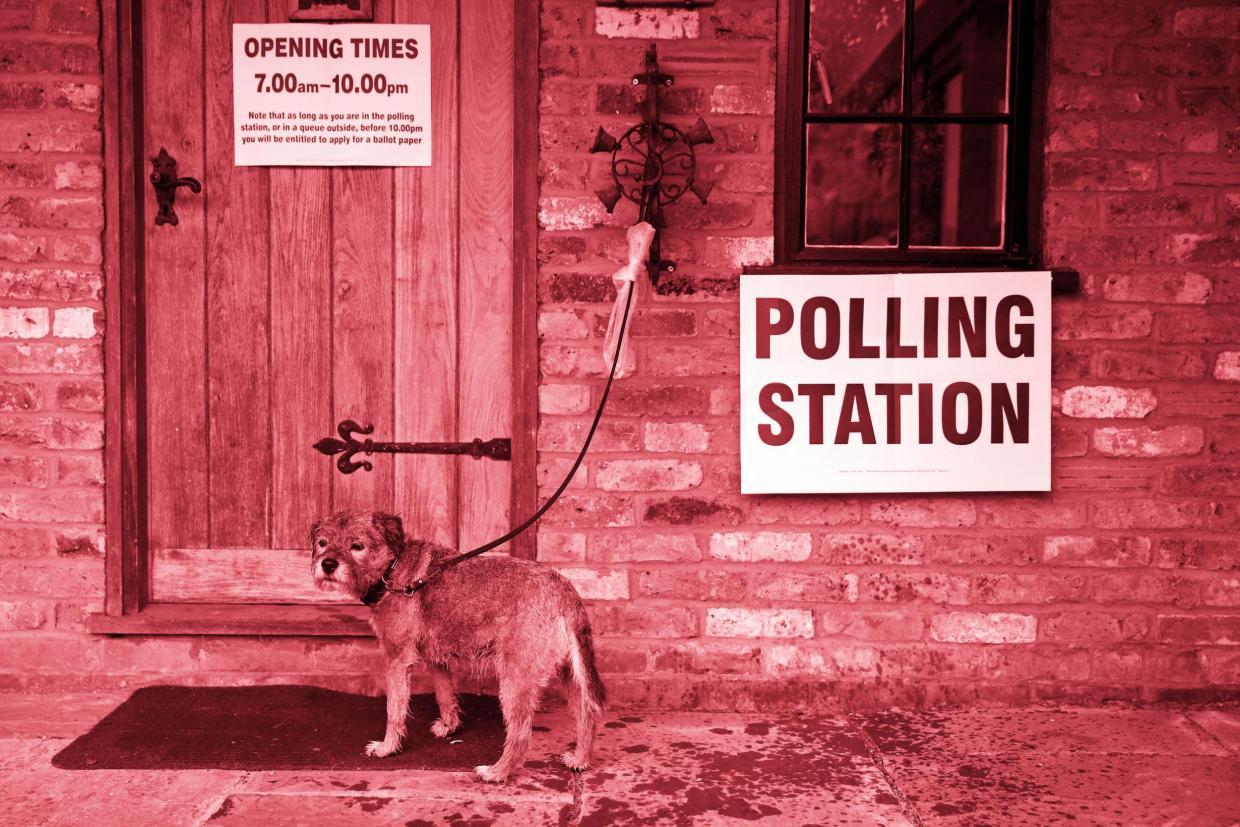Voter ID trials: Why are people being prevented from voting - and why are people so angry about it?

The 2018 local elections have been controversial already. And not for the campaigning or any potential results – for the fact that people have been stopped from voting.
For the first time, trials are being conducted of new voter ID laws, which require people to bring proof of who they are. The new guidelines have proved controversial, both among people who disagree with the principle, and those who have fallen foul of them.
They have already prompted intense anger from those who were turned away from their polling station. One voter in Bromley said he was outraged by the change – and that he would not be voting in protest.
"I'm angry because I don't believe in carrying ID. Having the vote is a basic human right in a democracy, and this is supposed to be a democracy,” the 72-year-old added.
"I'm choosing not to vote, and I've never done that before. I think people who have problems with their ID will certainly be disenfranchised, even if they've lived here for many years.
"As we know from this last week or two, there are a lot of people out there who are in that situation. And means I have to make a stand from that point of view too, because I know that they will be either disenfranchised or will not feel happy to come down and vote."
What are voter ID rules?
They require voters to carry with them a piece of identification, which must be shown when they arrive at the polling station. That, in short, is it; but the controversy around it is a lot less simple.
How are they being trialled?
In this election, and in six places, people won't be able to cast their vote like normal. Instead, they will have to take identification with them to prove that they are who they say they are.
It will be happening in Watford, Woking, Gosport, Bromley, and Swindon.
Not all of the trials are exactly the same – Swindon, for instance, has strict rules that force people to show one of a very limited set of different pieces of ID, while others can bring almost anything that has their name on – but they are all working on the same principle.
Why do people want them?
Supporters of voter ID laws argue that they will stop people committing voter fraud by pretending to be someone else and voting on their behalf.
At the moment, all that is required to vote is to know someone’s address – with that, you can turn up and pretend to be someone else, and cast their vote for them.
What’s wrong with voter ID rules?
First off, they solve a problem that does not really exist: while it might be theoretically possible for anyone to pose as anyone else, it simply does not seem to be happening.
In 2016 – the number that the government is keen to use – there were only 44 incidents of voter fraud. That was in a year that millions of people voted, meaning that only a tiny proportion of the votes cast were fraudulent.
And even that number has been disputed as misleading. The government used the fact that cases had more than doubled between 2014 and 2016, from 21 to 44 – but the UK Statistics Authority pointed out this week that it had dropped back down to 28 in 2017. And a lot of people voted in 2016, since there was the EU referendum, making the increase basically meaningless.
Second, and perhaps more importantly, not everyone has the right kind of voter ID. And there are specific characteristics of those who don’t that people claim make the idea unfair.
People who are poor, older or belong to minorities are less likely to have the right identification documents, for instance. This has led to accusations from Labour that their voters are being disproportionately shut out, and that voter ID laws therefore skew the elections unfairly in the Conservatives' favour.
What’s wrong with testing them out?
Ultimately, nobody knows how much that is the case: whether voting will be reduced significantly, and if that reduction will apply to any particular group. So testing them out in this way might seem to make sense.
But the test itself is being run so badly that it will be hard to actually tell whether it has made any difference. All of the five boroughs are remarkably similar to each other – the voters there are not especially old, are relatively poor, and their make-up is reasonably white – meaning that it will be hard to tell how they would affect places with different demographics. And more problematic than that is the fact that there is no real control group.
The test could have been set up so that it took five places that are very different to each other, match them each with another similar place, and then give one of each pair the new voter ID rules and see how they work out. But the government did not do that.
Subscribe to Independent Premium to bookmark this article
Want to bookmark your favourite articles and stories to read or reference later? Start your Independent Premium subscription today.

Join our commenting forum
Join thought-provoking conversations, follow other Independent readers and see their replies